 | Firstly, here is the prediction tweet that literally told what will happen to Solana days before it happened: I spent more time researching about smart contracts on Solana and this is what I found: For fast execution of smart contracts with complex conditions, it appears the solution on Solana is to parallelize the code so it can run on a GPU via Sealevel. Writing for a GPU is not easy to learn. It is also impossible for some algorithms: they cannot be decoupled. It was not clear what happens to a transaction such as this that cannot be parallelized and has a high computational load. Is it rejected? Or does the whole network wait? The code has to be written to use multiple threads for a GPU in some places. And if it can't be, which is true of some expressions—they can't be decoupled—then what happens if a transaction takes a long time? Does it make the whole network wait? It turns out that when combined with huge TPS numbers, the whole network waits and transactions get rejected because some code cannot be made to use multiple threads because the computation is inherently serial. If these take a long time to perform, then either the whole network waits, or the transaction is rejected. Bad trade off either way. [link] [comments] |

You can get bonuses upto $100 FREE BONUS when you:
💰 Install these recommended apps:
💲 SocialGood - 100% Crypto Back on Everyday Shopping
💲 xPortal - The DeFi For The Next Billion
💲 CryptoTab Browser - Lightweight, fast, and ready to mine!
💰 Register on these recommended exchanges:
🟡 Binance🟡 Bitfinex🟡 Bitmart🟡 Bittrex🟡 Bitget
🟡 CoinEx🟡 Crypto.com🟡 Gate.io🟡 Huobi🟡 Kucoin.
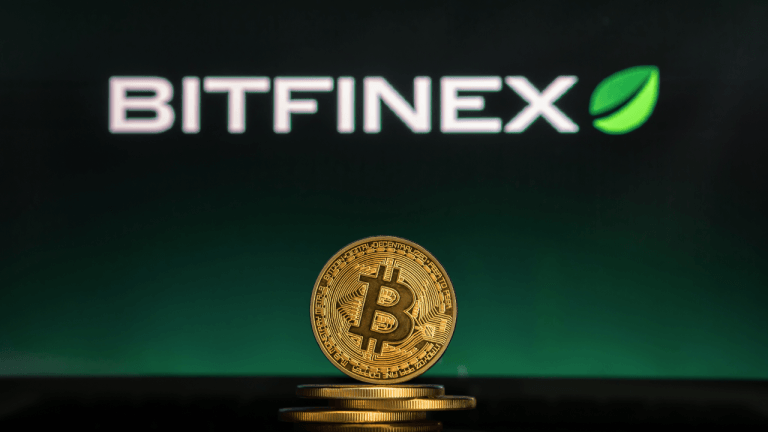

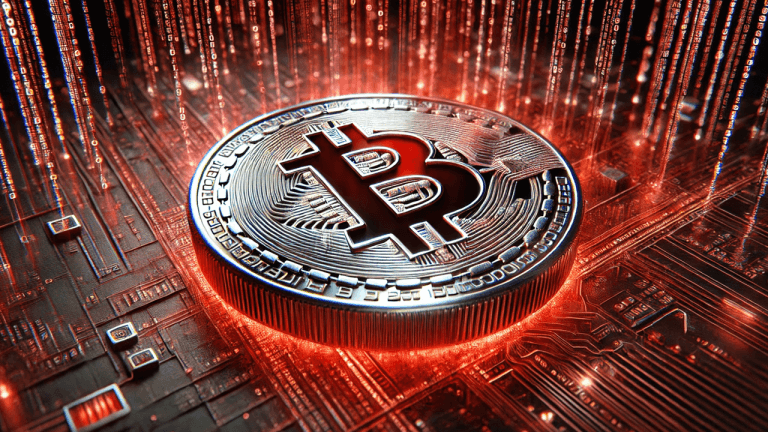

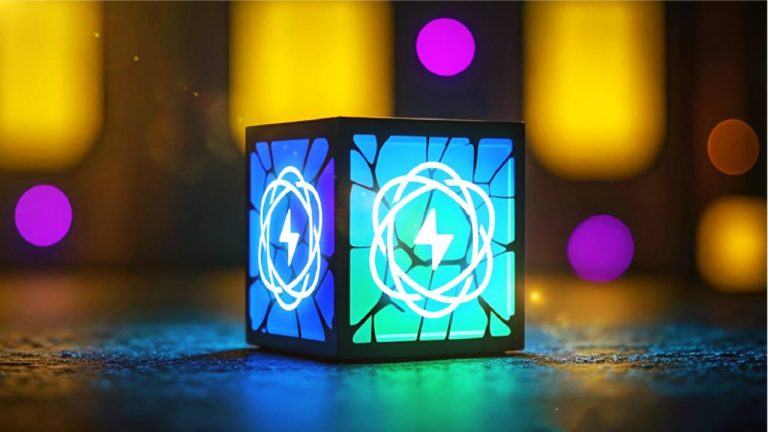


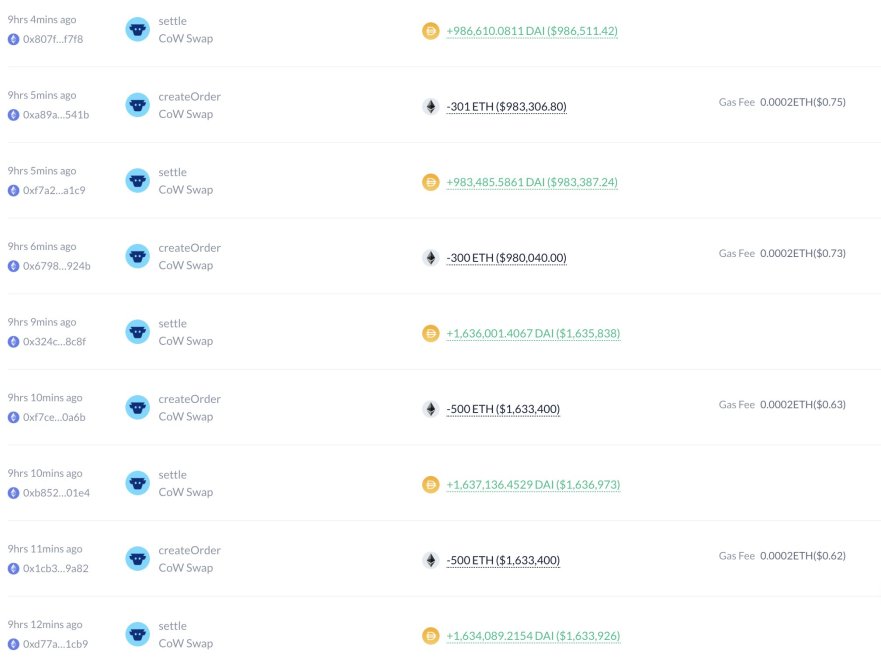



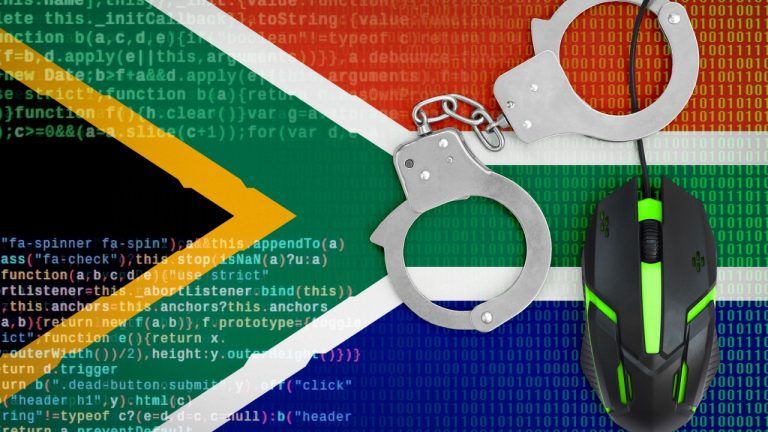


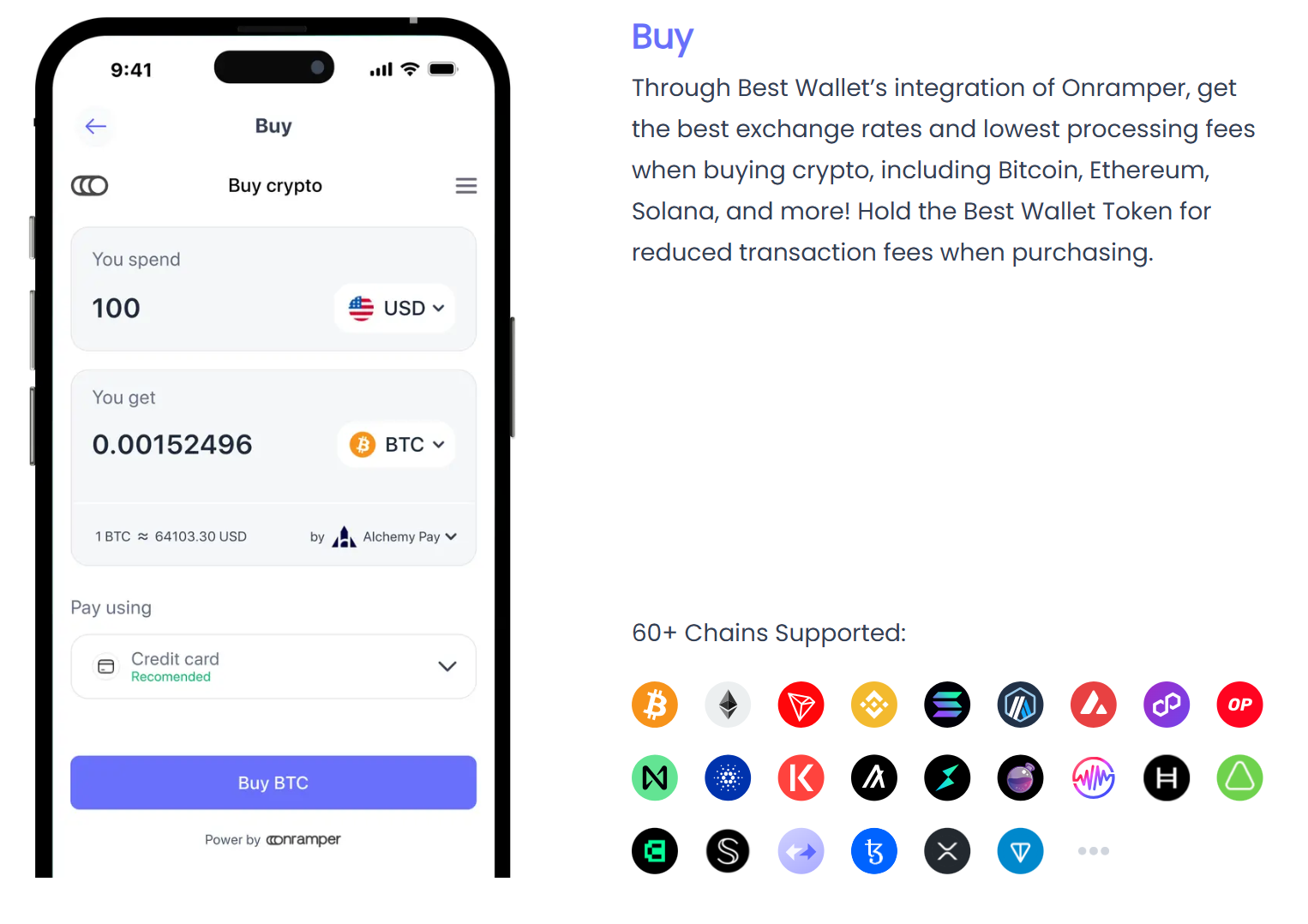





Comments